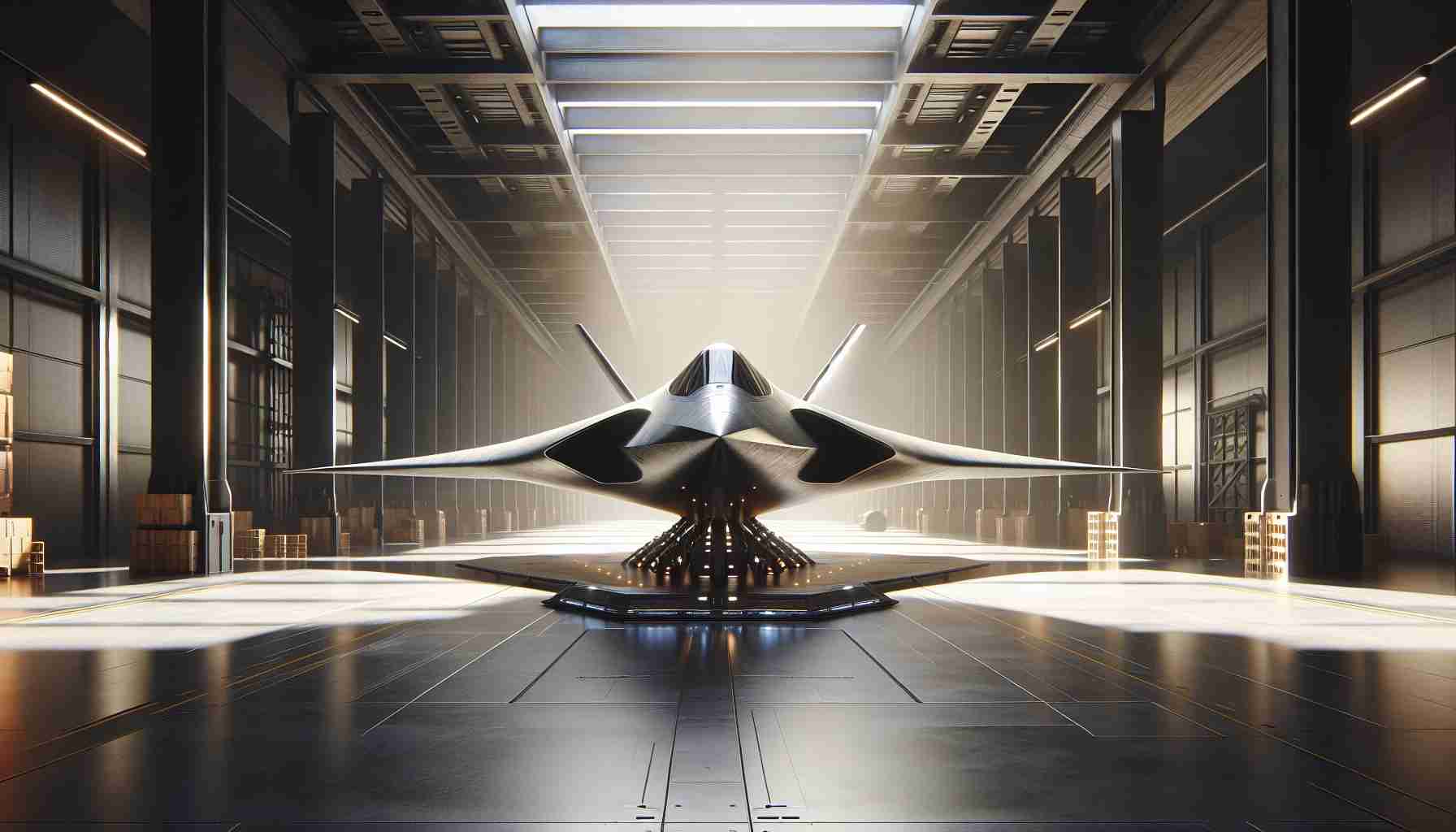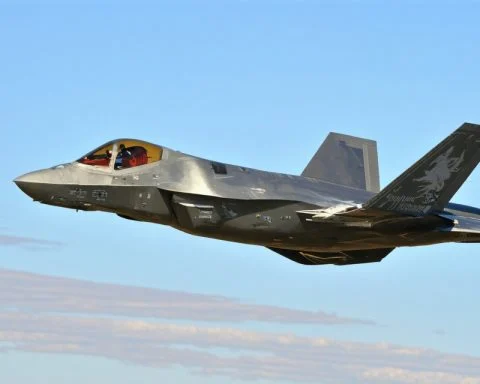Lockheed Martin’s SR-72, popularly dubbed the “Son of Blackbird,” is gearing up to redefine the boundaries of aerial speed and stealth. This next-generation hypersonic aircraft is not just an ambitious successor to the iconic SR-71 Blackbird but a beacon of new aerospace technologies that promise unprecedented capabilities for both military and research applications.
Breaking the Mach 5 Barrier: Expected to exceed speeds of Mach 6, the SR-72 aims to revolutionize strategic reconnaissance, offering the ability to reach any target globally in record time. This spacecraft-like velocity enables near-instantaneous intelligence gathering, an invaluable asset in high-stakes military operations.
Dual-Mode Propulsion: A significant leap in aerospace engineering, the SR-72 employs an innovative dual-mode engine combining jet and scramjet technologies. This hybrid system not only accelerates the aircraft to hypersonic speeds but also enhances maneuverability and operational efficiency.
Future of Stealth: The SR-72 is anticipated to bring a new era of stealth capabilities to aerial operations. Equipped with cutting-edge materials and technologies, this aircraft is designed to minimize its radar signature while operating at altitudes and speeds unparalleled in manned flight history.
As Lockheed Martin advances toward a prototype expected to take to the skies in the early 2030s, the SR-72 is generating excitement across the aerospace community. By pushing the limits of speed and stealth, the “Son of Blackbird” stands poised to transform the future of aerial warfare and strategic reconnaissance.
Beyond Blackbird: How the SR-72 Could Spur Global Technological Advancements
While much excitement surrounds Lockheed Martin’s SR-72 for its military capabilities, equally intriguing are its potential impacts on broader technological advancements and unconventional applications. Could this hypersonic marvel, boasting speeds over Mach 6, influence industries beyond aviation?
Revolutionizing Air Travel: Imagine crossing the Atlantic in under an hour. Although primarily a military endeavor, technologies developed from the SR-72 could someday trickle down to commercial aviation, significantly reducing international travel time. Could hypersonic passenger jets become the norm? Potential benefits include economic boosts from faster trade and travel, while challenges like noise pollution and safety must be addressed first.
Environmental Impacts: Hypersonic speed raises several environmental questions. The SR-72’s dual-mode propulsion system may require innovation to balance efficiency with eco-friendliness. High speeds generate immense heat and noise, possibly affecting atmospheric conditions and contributing to noise pollution in currently under-polluted regions.
Space Exploration: The boundary between air and space travel blurs here. Could lessons from the SR-72 enhance Earth-to-space transport? By refining propulsion techniques, future aerospace vehicles might see reduced launch costs, greater access to space, and a boost to satellite deployment efficiency.
Ethical Concerns: The potential for hypersonic technology to evolve into autonomous military applications raises ethical debates. Can global regulatory frameworks keep pace with rapid technological advancements? Maintaining peaceful applications becomes paramount to ensuring these technologies benefit, rather than harm, humanity.
As the SR-72 buzz gathers momentum, the broader impacts of hypersonic technology remain an enticing area of exploration—eagerly poised at the crossroads of innovation and ethical responsibility.
Discover more from Lockheed Martin here.












